On Friday, January 18th, we had a field trip to the West Baton Rouge Museum. 
Taking pictures before we got started for the day.






To start the field trip, we went into the museum and watched a movie about Port Allen and the history of sugar cane farming. 
After the movie, the tour guide told them a little about sugar cane and passed part of the plant around for them to see. 




Then he went over the model of a 1904 sugar mill. The train was called a dummy train because it only went back & forth between 2 places. 



Next we toured a plantation slave house. Not all the items would have been in a slave's house, but they were just displaying some time period pieces. 
They didn't have trash because they used everything. Corn husks were used to make dolls or brooms. If the broom got to worn, they would have been used for kindling for the fire. Dried gourds were used as spoons or bowls. 
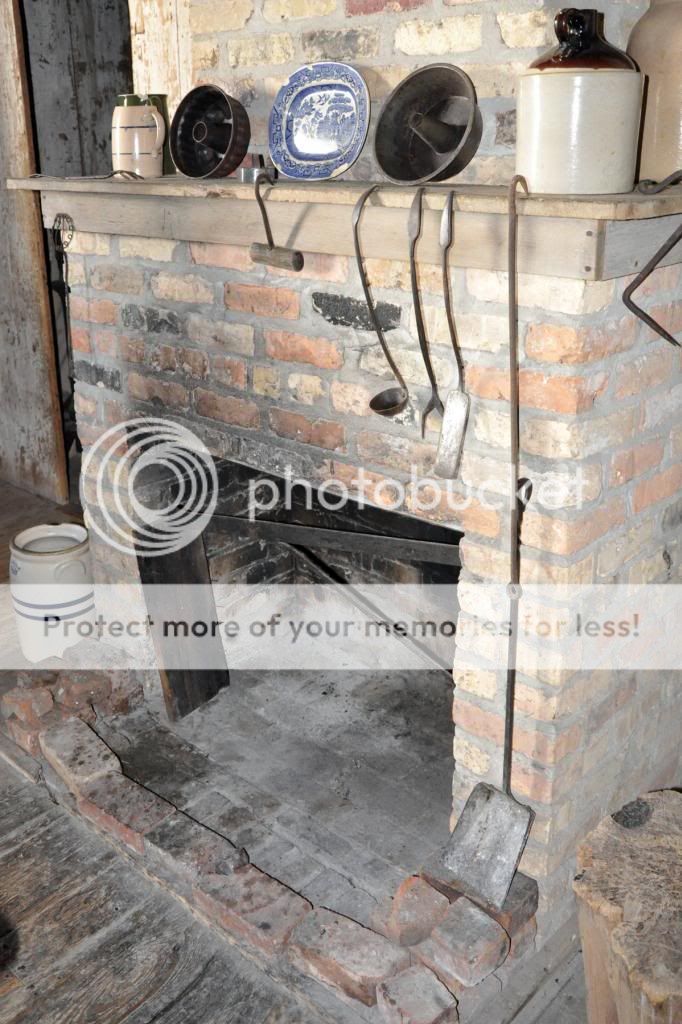



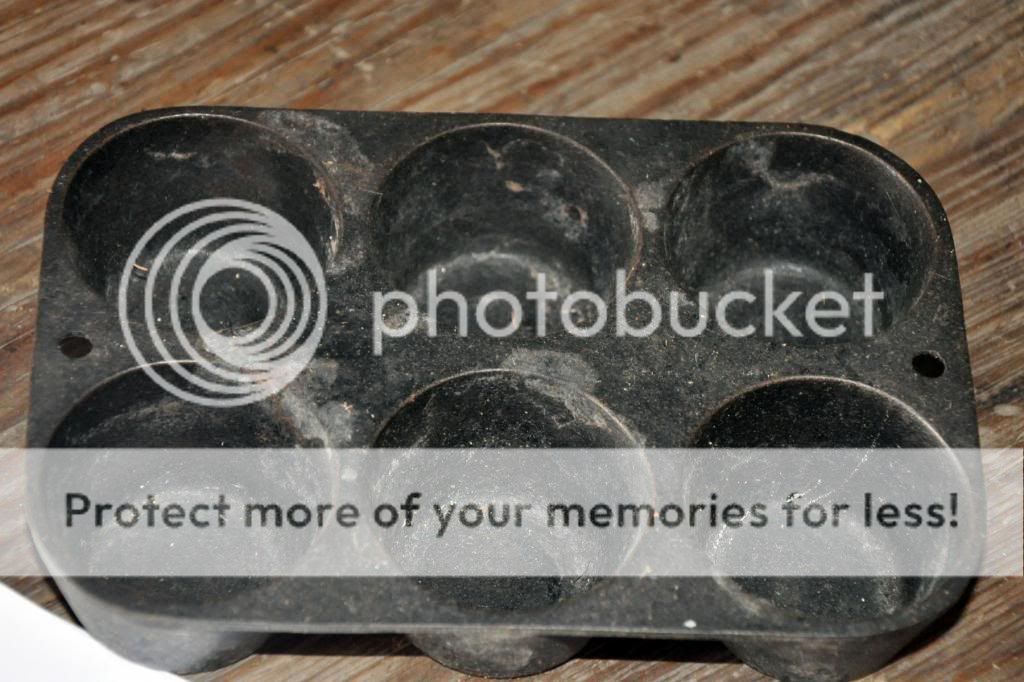




Herbs hanging to be used for seasoning or to dye cotton. 

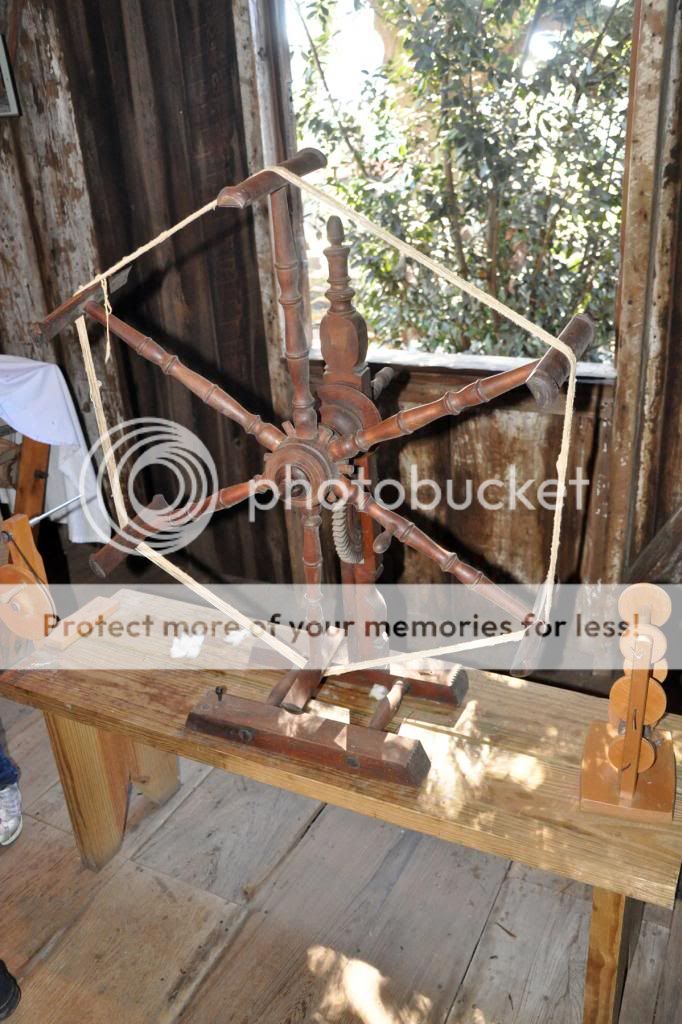





Aidan demonstrating how slaves would have picked cotton all day long to put in the 6 foot "cotton-picking" bag. 
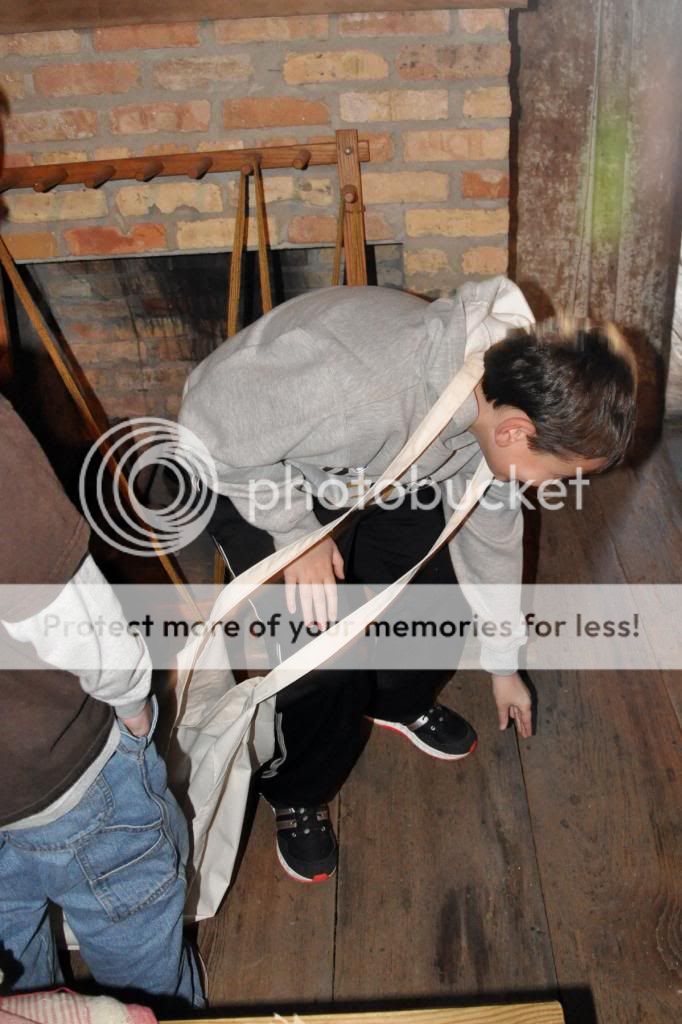
Next we toured the French Creole Aillet House. This is house the dining room may have looked the sugar planter lived in the home before the Civil War. 
Ladies would use the thing on the stand to block the heat from the fireplace to save their complexion. The bathtub and the nighttime toliet and a bed that was original to the house 

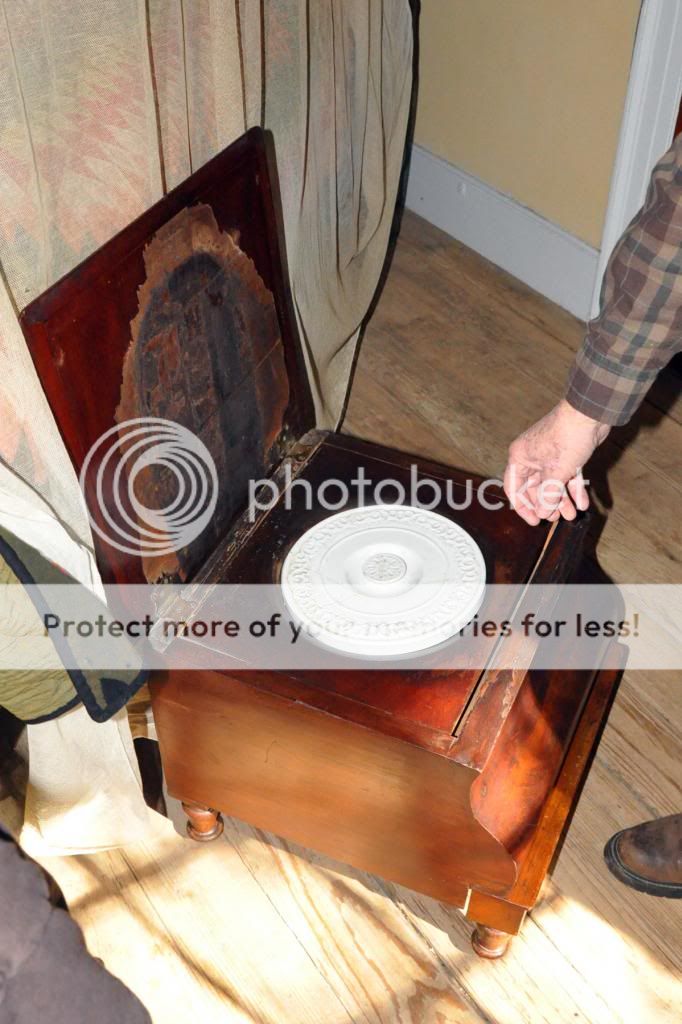


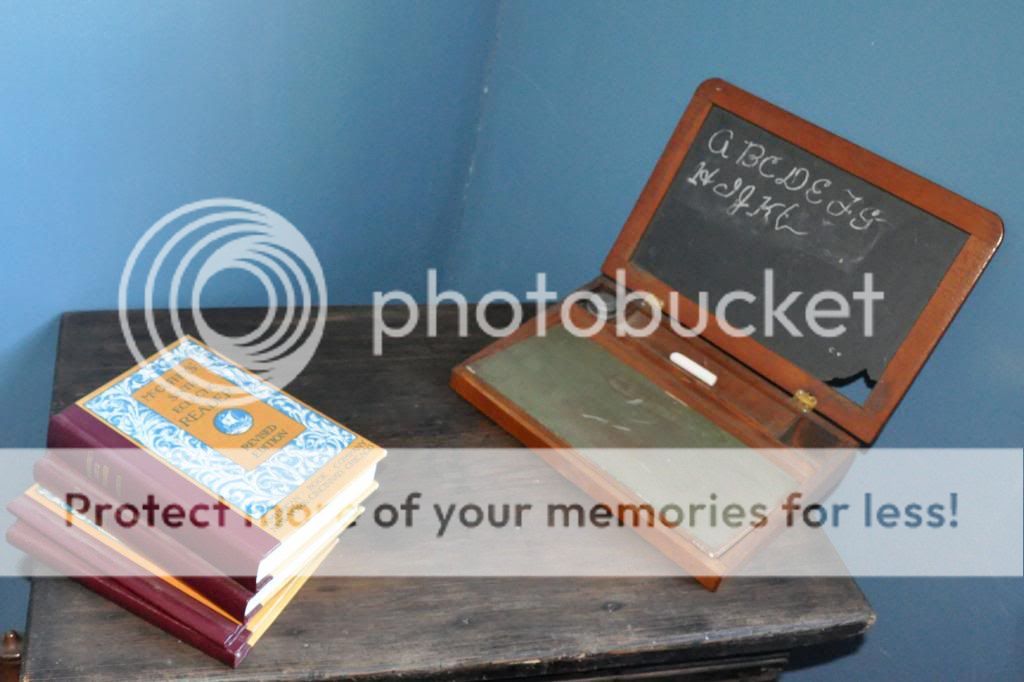
A section of the wall is removed so that you can see how the house was constructed with an insulation called "bousillage" which is a mixture of Spanish moss and mud. I always point out the McGuffey Readers to Luke since we read these as part of our homeschooling. 


For the last part of our tour, we went back to the museum where the kids where handed 3 different coloring pages. These were drawings of some paintings that they had on display in the museum. The first was a time before slavery when the people were in Africa. The 2nd was during slavery and the people were in shackles. The 3rd was after slavery was abolished. They were supposed to color the pictures and then compare the colors that reflected the mood between the different paintings.
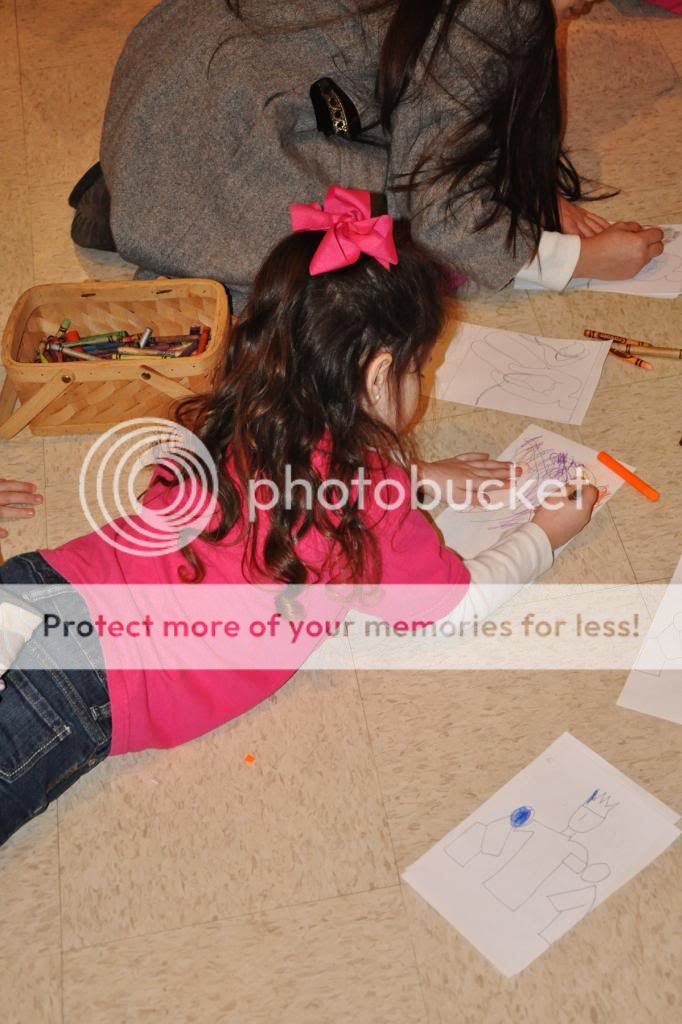
A couple of cuties:)









No comments:
Post a Comment